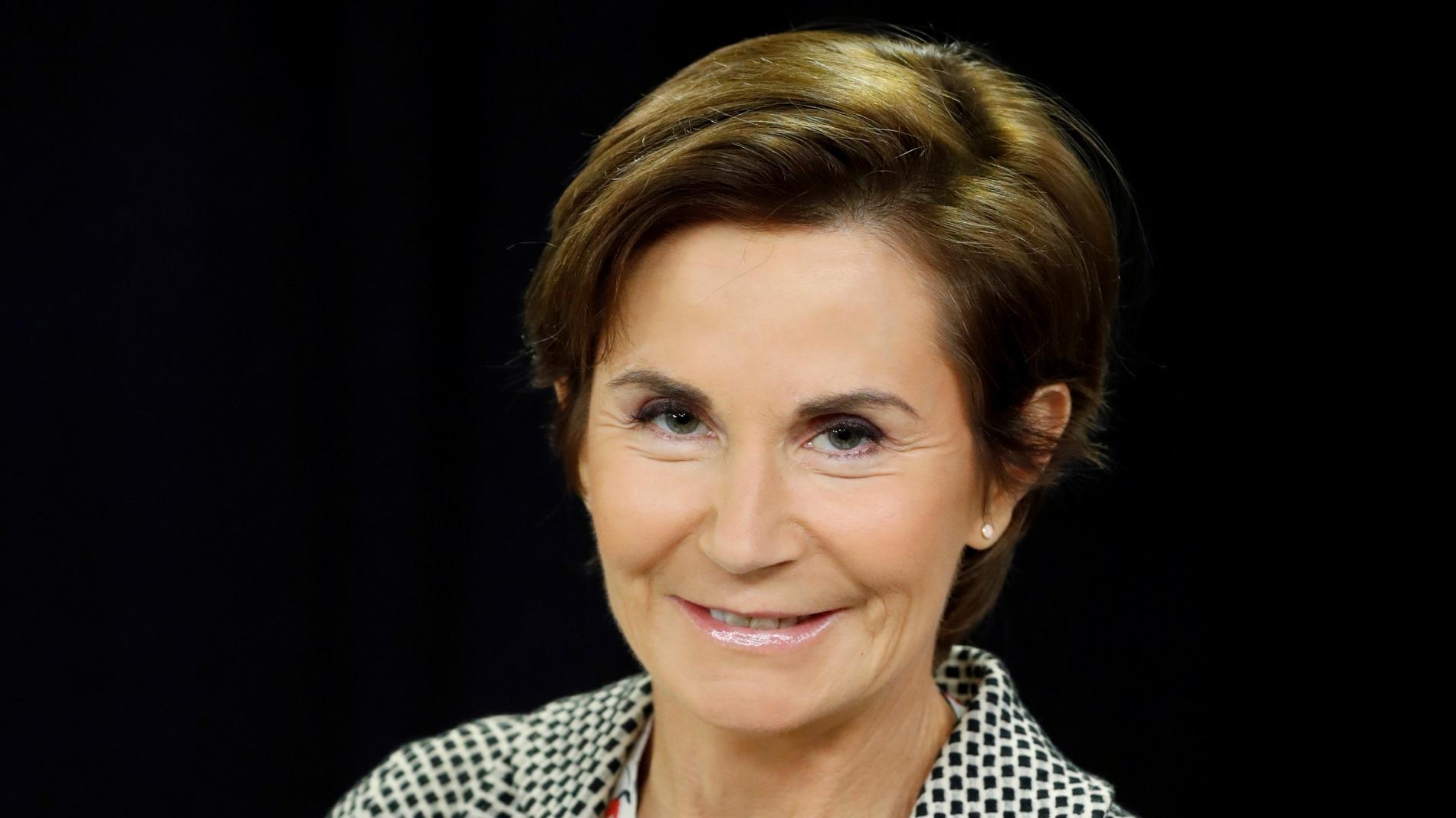
The Spring Awakening: Faith, Figures, and a Farewell
The initial stirrings began subtly, just before the Easter holiday. It’s worth noting that Easter, unlike Christmas which is increasingly being rebranded as a generic "winter festival," has thus far escaped the same linguistic cleansing. The trend started with numbers. Statistics regarding baptisms, particularly those of adults signifying a life’s new trajectory, blossomed across newspaper columns. Headlines shouted the news: "45% Increase!" "Over 17,800 Catechumens Baptized in France in 2025!" After all, what could be more "secular" than a cold, hard statistic?
The numbers spoke volumes, painting a picture of a spiritual resurgence, a quiet rebellion against the prevailing winds of secularism. These weren’t just newborns being christened into familial tradition; these were adults consciously choosing to embrace the faith, drawn to something deeper than the consumerist distractions that often define modern life. The figures resonated deeply, fueling conversations and sparking a renewed interest in religious matters, even among those who considered themselves far removed from organized religion.
Following Good Friday, a palpable buzz intensified. Rumours began to circulate, whisperings of unexpectedly crowded churches. Anecdotal evidence, usually dismissed as insignificant, now carried weight. People spoke of overflowing pews, standing room only, a stark contrast to the dwindling attendance that had become the norm. These observations, though subjective, served to amplify the significance of the baptism statistics, adding a human dimension to the numerical data.
The commentariat, those professional observers of society, swiftly sought explanations, reasonable justifications for this apparent anomaly. They scrambled to contextualize the surge, to fit it within pre-existing narratives. Was it a "reflex of identity," a subconscious yearning for a shared heritage and a sense of belonging in an increasingly fragmented world? Perhaps it was a defensive reaction to a perceived threat, a "mimetic shock" in the face of a more assertive Islamic presence, a desire to reaffirm traditional values and cultural boundaries.
This theory, that the rise in baptisms was a direct response to the growth of Islam, gained considerable traction. It tapped into existing anxieties and prejudices, offering a simple, albeit potentially problematic, explanation for a complex phenomenon. It played on the narrative of a civilization under siege, framing the resurgence of Christianity as a necessary defense against an external force.
However, this explanation, while appealing to some, overlooked the deeper, more nuanced reasons behind the trend. It failed to acknowledge the genuine spiritual hunger that may have been driving individuals to seek solace and meaning in faith. It reduced a deeply personal and transformative experience to a mere political manoeuvre, a strategic response to a perceived threat.
Other commentators offered alternative interpretations. Some suggested that the pandemic, with its profound sense of loss and uncertainty, had prompted individuals to re-evaluate their lives and priorities, leading them to seek solace in faith. Others pointed to the decline of traditional social structures and the erosion of community bonds, arguing that the church offered a sense of belonging and purpose in an increasingly atomized world.
Still others suggested that the appeal of Christianity lay in its message of hope and redemption, its promise of forgiveness and eternal life. In a world often characterized by cynicism and despair, the church offered a counter-narrative, a vision of a better future and a path to personal transformation.
Regardless of the specific explanations offered, there was a general consensus that something significant was happening. The statistics, the rumours, the commentary – they all pointed to a shift in the cultural landscape, a re-emergence of faith in a society that had long relegated it to the margins.
The world, as it always does, was poised to move on, to be swept away by the next crisis, the next trend, the next fleeting moment of drama. The baptism figures would fade from the headlines, the crowded churches would become a distant memory. The media cycle would continue its relentless churn, and the world would continue its seemingly unstoppable progress towards some unknown future.
But then, just as the conversation began to wane, just as the world prepared to move on to the next sensation, a profound event occurred that dramatically altered the narrative. The Sovereign Pontiff, the leader of the Catholic Church, passed away. He departed unexpectedly, seemingly reinvigorated only days prior, right after Easter.
His death, coming on the heels of this renewed interest in faith, added another layer of complexity to the situation. It amplified the existing sense of uncertainty and loss, creating a vacuum that many felt compelled to fill. It reminded the world of the enduring power of faith, the enduring importance of spiritual leadership, and the enduring fragility of human life.
The passing of the Pope served as a powerful reminder that even in a world dominated by technology and secularism, the fundamental questions of existence – life, death, meaning, purpose – still resonated deeply within the human spirit. His death, in a way, became a symbol of the larger forces at play, a reminder that even as the world rushes headlong into the future, it can never truly escape the enduring questions of the past. The surge in baptisms, the crowded churches, the flurry of commentary – they all became intertwined with the legacy of the departed Pope, adding weight to the narrative of spiritual renewal and the enduring power of faith in a changing world. The spring awakening, it seemed, was far from over.
